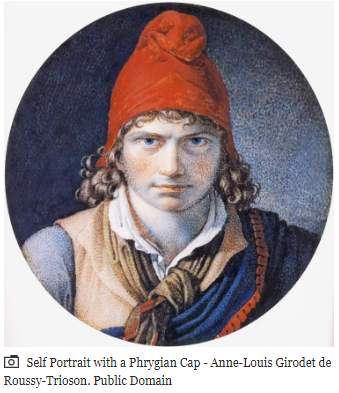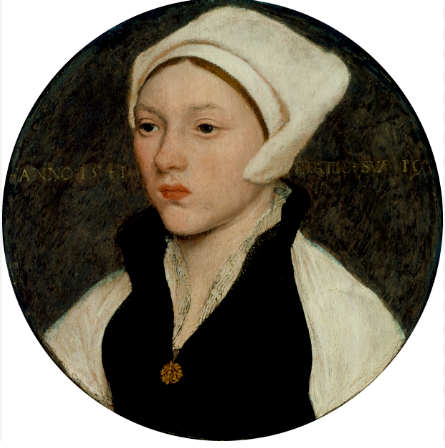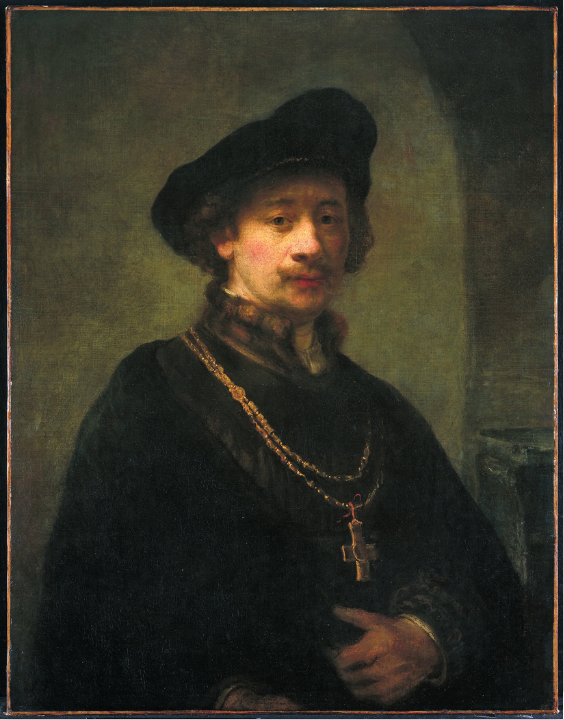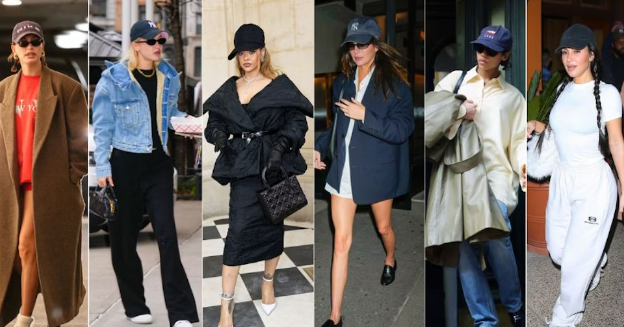Caps have been an integral part of human attire for millennia, serving various functions from protection to fashion and symbolism. Their evolution mirrors the broader changes in society, culture, and technology. In this post, we delve into the rich history of caps, tracing their journey from ancient civilisations to the ubiquitous baseball cap that dominates modern fashion.
Ancient and Medieval Origins
The history of caps begins in ancient times when head coverings were worn for protection against the elements, religious rituals, and ceremonial purposes. In ancient Egypt, Greece, and Rome, different styles of caps were prevalent. For example, the Phrygian cap, which had a soft, conical shape with the tip pulled forward, symbolised freedom and the pursuit of liberty. It was often depicted in classical art, highlighting its cultural significance.

During the medieval period in Europe, caps and hoods were essential for protection and practicality. The coif, a close-fitting cap made from linen, was worn by both men and women, often under other headgear. This period also saw the emergence of the chaperon, a versatile head covering that could be worn in various styles, reflecting one’s social status and occupation.

Renaissance to the 18th Century
The Renaissance brought about a transformation in cap styles, with more elaborate designs becoming popular. Caps were often adorned with feathers, jewels, and intricate embroidery, signifying wealth and status. The beret, which originated in the Basque region, became fashionable across Europe, especially among artists and intellectuals.

In the 17th and 18th centuries, caps like the tricorn and bicorn became prominent, particularly in military and naval uniforms. These caps were not only practical but also indicated rank and social standing. The tricorn, with its distinctive three-pointed shape, became synonymous with the era’s fashion.
19th Century: Industrial Revolution and Fashion
The 19th century marked a significant shift in the role of caps due to the Industrial Revolution. As factories and mechanised production rose, caps became part of the workers’ attire, offering protection and practicality. The flat cap, made from wool or tweed, became popular among the working class in Britain, providing warmth and comfort in harsh working conditions.
Simultaneously, caps were making their mark in fashion and sport. The bowler hat and top hat became staples among gentlemen, while the bonnet was a common choice for women. Each style of cap carried its own social implications, reflecting the wearer’s status and occupation.
The Rise of the Baseball Cap in the 20th Century
The early 20th century saw the emergence of new cap styles, most notably the baseball cap. Originating in the United States as part of the baseball uniform, the cap featured a rounded crown and a stiff peak, designed to shield players’ eyes from the sun. The baseball cap’s practical design quickly gained popularity beyond the sport, becoming a symbol of American culture and casual style.
Mid to late 20th century witnessed the baseball cap’s transformation into a global fashion icon. It was adopted by various subcultures and movements, from hip-hop to skateboarding, and even political resistance. The beret, for instance, became synonymous with revolutionary figures like Che Guevara. Meanwhile, the baseball cap was embraced by celebrities, musicians, and everyday people, solidifying its status as a versatile accessory.
The 21st Century: The Baseball Cap as a Fashion Staple
Today, the baseball cap remains a fashion staple, available in an array of styles, including snapbacks, fitted caps, and trucker caps. Its versatility makes it a favourite among people of all ages and backgrounds. Whether worn as a fashion statement, for practical purposes, or as a symbol of identity, the baseball cap is ubiquitous in contemporary culture.
Moreover, the baseball cap’s cultural significance has only grown. It often represents identity, allegiance, or status. Customisation and branding have made the baseball cap a popular item for personal expression and marketing. From sports teams to fashion brands, logos on baseball caps are a common sight, turning the accessory into a mobile billboard.
Conclusion
The journey of caps from ancient head coverings to the modern baseball cap reflects broader societal transformations. Each era left its mark on cap styles, infusing them with cultural, social, and practical significance.

Today, the baseball cap is more than just a piece of headgear; it is a symbol of fashion, identity, and cultural expression. Whether you’re donning a baseball cap for style, sport, or statement, you’re part of a long history that stretches back thousands of years.

